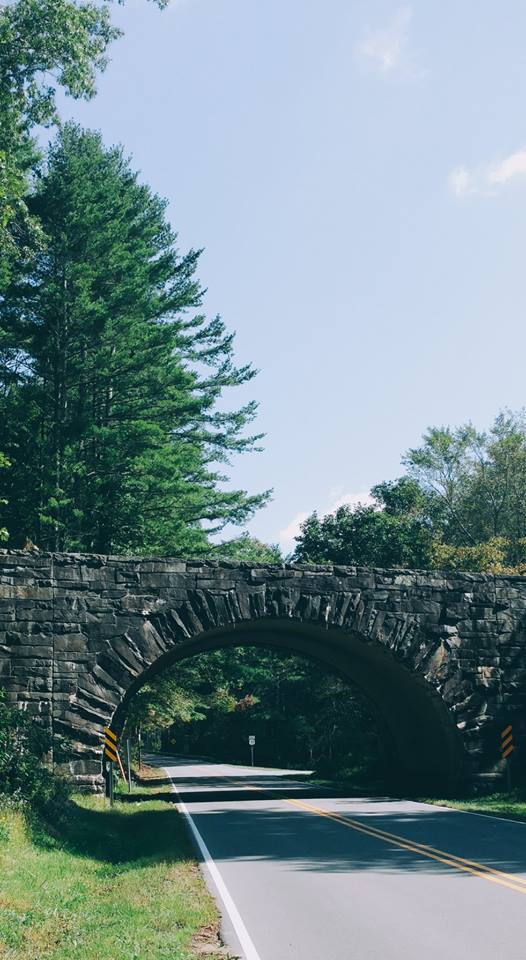Each time tourists or residents drive beneath the stone bridges throughout the Blue Ridge Parkway, whether it is in Cherry Lane, Laurel Springs or somewhere along the 477-mile route, they are passing beneath a piece of history and essentially a piece of Europe.
Both Italian and Spanish immigrants helped to sculpt these archways. In 1902 Ed Rizoti Sr. was just one of many stonemasons who relocated to Allegany County with his family. Mr. Rizoti, an Italian, was an apprentice in Germany and Austria before arriving in the United States.
Truly, the bridges that these families help to build were gateways to America’s Grand Balcony. Every rock had a set dimension and had to fit perfectly with a keystone looming in each of their centers.
On more than one occasion I have marveled at them. In 2008 I described the structures by writing, “they are a solid color of rough gray and have given many a passerby the impression that they formed just as naturally as the mountains surrounding them. The rock work completed by these masons is a true testament of the careful thought put into every piece of the project and how we should have the same consideration for their beauty.”
Professor Philip Coyle of Western Carolina University told Marvie Shelor, a member of the Alleghany Historical-Genealogical Society in 2005, that there had been plans to tear down these bridges. Thankfully though, that plan was never put into motion.
These bridges are how I mark my travels. Coming home, leaving the mountain, or when visiting friends. I can recall asking my grandmother as a child how people got on top of them in their cars. Looking back now I cannot help but to realize the importance of bridges, not just in life, but also in terms of preserving bridges in our communities, of our history, and for the next generation.
Sources:
Alleghany County Historical-Genealogical Society, Alleghany County Heritage, North Carolina. (Winston Salem, NC: Hunter Publishing Company, 1983), 13.
National Park Service. “Visual Character of the Blue Ridge Parkway, Virginia and North Carolina.” Archive.org. http://archive.org/…/visiua…/visualcharactero00nati_djvu.txt. (accessed 25 Feb. 2008)
Philip E. Coyle, Personal interview, 25 November 2005.

